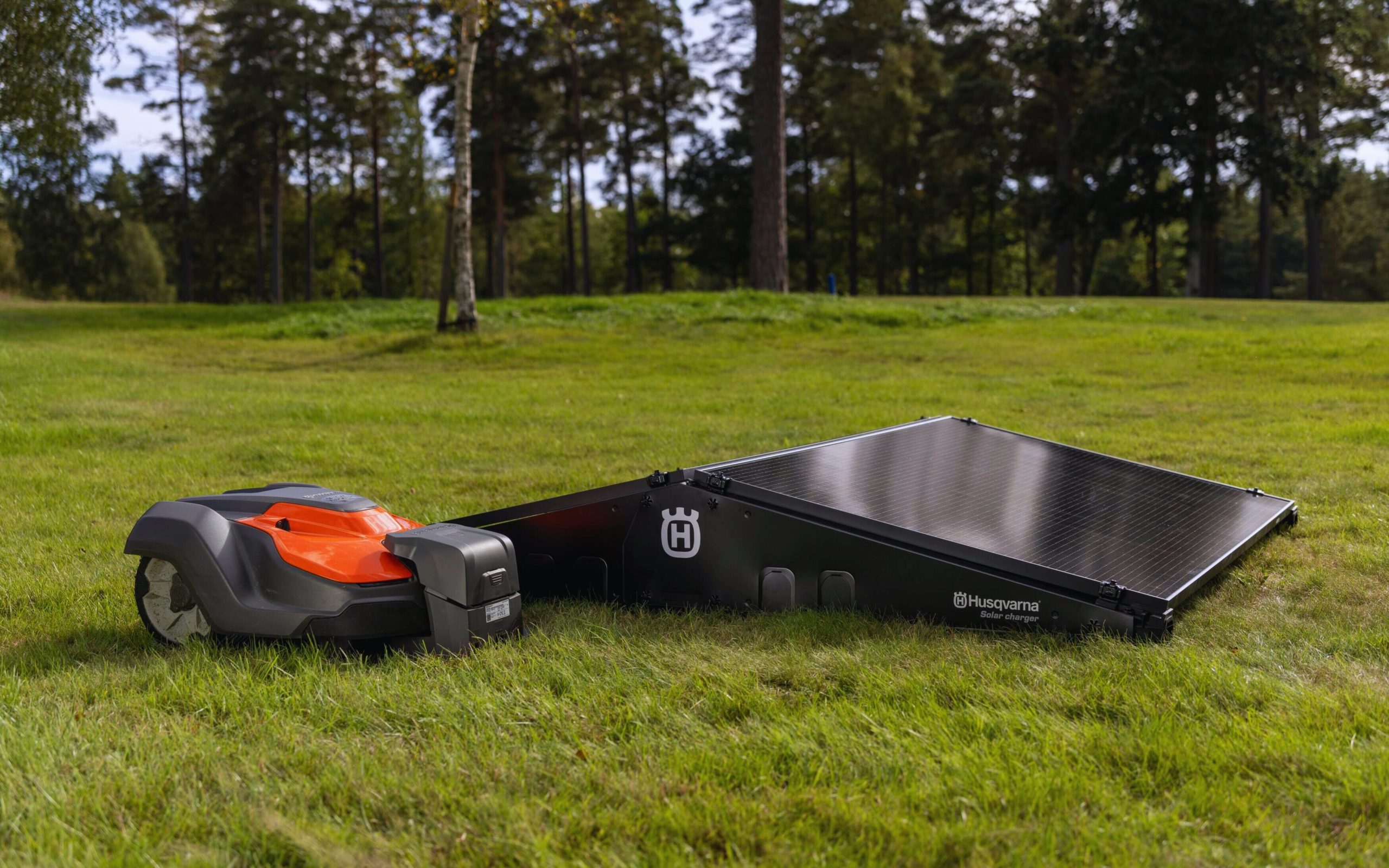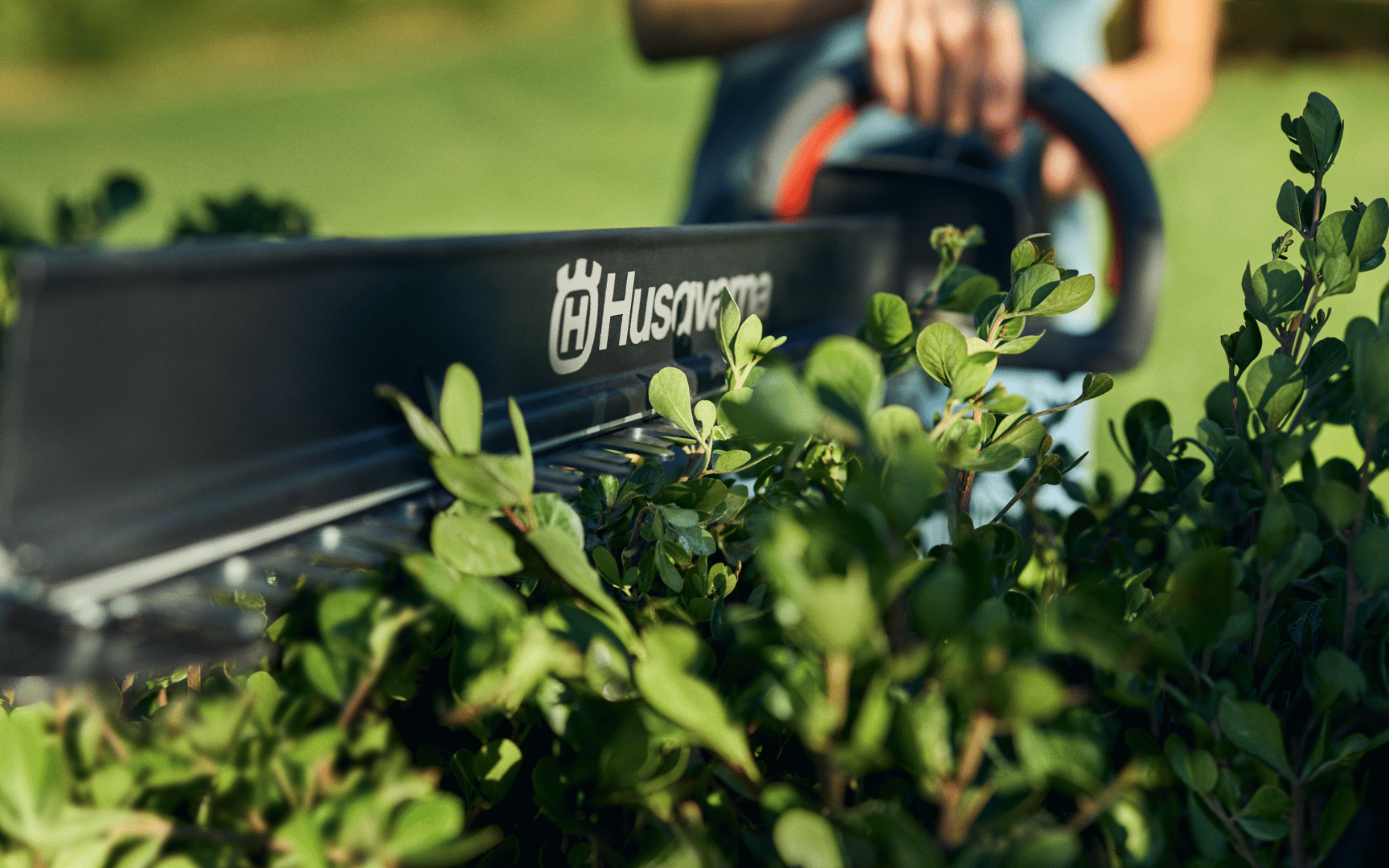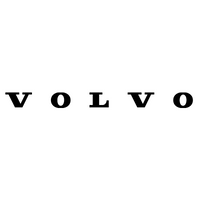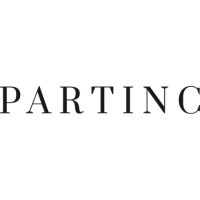
Sustainably Shaping the Future of Green Spaces:
A Conversation with General Manager Anton de Jong from Husqvarna
Anton de Jong, General Manager of Husqvarna in the Netherlands, discusses Husqvarna Nederland BV’s commitment to sustainability in this month’s Sustainability Insights with Swedish Chamber Insights. From addressing local sector challenges to embracing innovative technologies and promoting user education, Husqvarna Nederland BV actively contributes to a greener and more sustainable future in the Netherlands.
Founded in 1689, the Husqvarna Group is a globally leading provider of innovative products and solutions for forest, park, and garden maintenance. The range includes robotic lawnmowers, chainsaws, trimmers, riding mowers, and irrigation solutions. Husqvarna is also a market leader in equipment and diamond tools for the light construction and natural stone processing industries. The products and solutions are primarily sold under the global brands Husqvarna and Gardena.
At the core of Husqvarna’s strategy is Sustainovate, their approach to deeper integration of sustainability into the company and the value chain. With Sustainovate, they combine their leading innovation capacity with a commitment to sustainability. Through Sustainovate, they reconsider how products can be used more efficiently, produce them with materials that wisely manage resources, and provide alternatives to non-fossil fuels. Husqvarna is a pioneer in solutions that help customers make more sustainable daily choices. They enhance their positive impact by influencing and inspiring others beyond their operations.


According to you, Anton, what is the biggest challenge for the green sector in the Netherlands? And how should we best respond to it?
– There isn’t just one; there are several challenges. On one axis, I see the cluster of energy transition, climate change, and improvement of biodiversity as challenges where our sector can and must play a significant role. And it already is, by the way. On another axis, but equally urgent, is the labour market. In the short and medium term, we face a shortage of young talented forces, who also need to be better educated. Because greener cities also demand more hands and brains to keep them green.
In which technology or innovation do you see a great opportunity?
– Robotization! As MD of Husqvarna, I can’t help but see robotization as the key solution to the two challenges outlined. And by saying this, I also imply electrification. We will only address climate change if our sector takes the lead and strives to realize projects with electric tools and transport as much as possible.
What are the main focuses of Husqvarna Nederland BV regarding innovation at the moment? What do you aim to achieve with that?
– Very explicitly, in our strategy, we focus on electrification and robotization. We aim to make the work easier for our customers in the green sector, structurally improve the end result, and elevate the work to a higher level in terms of content. Husqvarna’s innovations form the beating heart of our sustainability journey, driving us to create products that not only meet the highest standards but also nurture a greener future.

What steps are Husqvarna Nederland BV taking to integrate sustainability into product development and business operations?
– We are taking targeted steps to integrate sustainability into product development and business operations. In product development, we embrace a circular approach, with a strong emphasis on resource-efficient solutions and minimizing carbon emissions. This approach guides the creation of our innovative products that not only push performance standards but are also environmentally friendly.
Our commitment to sustainability extends beyond products; it is truly woven into the DNA of our company. The 5 Rs – reduce, reuse, repair, remanufacture, and recycle – are the cornerstones of our circular approach in business operations. We focus on reducing waste and optimizing resource use by promoting reuse, repair, remanufacturing, and recycling. Additionally, we emphasize engaging in strategic partnerships that drive innovation, as we believe collaboration is essential to achieving our ambitious sustainability goals. These coordinated efforts are at the core of our commitment to a sustainable future, where both our products and business practices contribute to a positive impact on the environment.



Can you provide examples of specific sustainable technologies currently applied in your machines, and how they contribute to environmental friendliness?
– Our focus on sustainable technologies is tangible in our use and promotion of battery-powered machines, robotics, smart tools, and digital solutions in both the consumer and business markets. Take, for example, our battery-powered machines, which are not only powerful but also emit no emissions during use, reducing dependence on fossil fuels and minimizing environmental impact. These technologies contribute to an environmentally friendly approach to our products.
In what ways does Husqvarna Nederland BV create awareness and encourage the choice of more sustainable solutions?
– As an organization, we clearly communicate our focus on sustainability, not only through words but also through actions. Our collaboration with Donker Groep and Boels is a practical example of how companies can strategically choose more sustainable solutions to achieve their circular ambitions. Electrification is not just a choice; it’s a revolution. Our tools are not only cutting-edge; they are sustainable and redefine the landscape of environmentally friendly green management and construction.


How does Husqvarna Nederland BV deal with the increasing demand for green and sustainable solutions from both the consumer and business markets?
– We anticipate the demand by shifting to resource-smart solutions and circular innovations. In fact, we create the demand by encouraging the choice of more sustainable solutions. Our recent collaborations are responses to the growing demand from both the consumer and business markets. Examples include one of the largest green management companies in the Netherlands, Donker Groep, and the tool and machine rental company Boels, which are responses to the growing demand from both the consumer and business markets. Here, we position our sustainable tools as a strategic choice for companies dedicated to sustainable and circular work.
In what ways does Husqvarna Nederland BV contribute to the education and training of users to implement sustainable practices when using your machines?
– Our organization actively engages in the education and training of users to implement sustainable practices when using our machines. We provide accessible platforms where users can share knowledge and find information about sustainable green management. Additionally, we proactively organize training sessions to inform users about the latest sustainable technologies and best practices for green space maintenance. These training sessions cover the proper use of our machines and promote environmentally conscious approaches. By sharing knowledge and training users, we aim to integrate sustainability into the daily practices of our customers.
What role does innovation play in increasing the productivity and efficiency of green spaces, especially in urban environments?
– Husqvarna’s innovations increase the productivity and efficiency of green urban spaces. For example, our robotic mowers provide a smart solution for small to large lawn maintenance, saving time that can be focused on other tasks or details. Digital tools, such as connected equipment and Fleet Services, contribute to efficient green management by enabling remote monitoring and centralized control. The transition to battery-powered machines reduces noise pollution and harmful emissions, aligning with urban needs for environmentally friendly solutions. Ergonomically designed equipment promotes the health and efficiency of personnel. In summary, our innovations address specific challenges in urban green spaces, making them more sustainable, efficient, and enjoyable to maintain.
In your opinion, what will be the economic dynamics in 2024, for example regarding expectations on inflation, recession, purchasing power, and construction sector projects?
– I dare to say that, despite the higher interest rates, inflation, and labour market tightness, perhaps the best era for the green sector has arrived. The work is not decreasing, and neither are the budgets. It’s as simple as that. For instance, through our Green City Challenge (in collaboration with Sweco and NLGreenlabel; Ed.), we see that provinces and municipalities continue to invest in green projects. I foresee an exceptionally healthy future for the sector, provided that entrepreneurs in the green industry continue to invest and develop their teams in knowledge and skills.


What will our garden look like in 2100?
– That garden will be much greener, but on average, it will also be smaller. More and more often, that garden will not be situated at 1, 5, or 6 meters above or below sea level but at 100 or 200 meters, on the roof of a high-rise building. Maintenance will be largely automated; watering, mowing, fertilizing, and pruning will be done by robots. At the same time, there will be a much greater diversity of plants and insects because, thanks to AI, we can better manage the chemical balance even at this microscopic level.
Want to read more about our member companies’ sustainability strategies? Find all the Sustainability Insights here.
Photo Credits: Husqvarna































